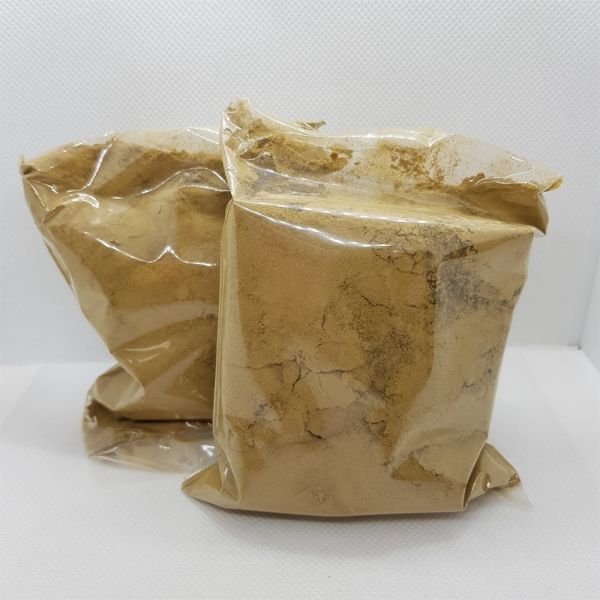Henna for hair Indian red Sahbi, 200 gr
HALAL. Shebek Lebek. WINE. You can read our Treatise on Henna, where you will learn a lot of interesting and necessary things about all types of henna, about dyeing methods, history and other equally interesting aspects. The bright red color of henna is a classic, known to everyone both from Soviet times and from the paintings of Indian masters. With long aging on the hair, it becomes dark red, terracotta, the color of a decoction of onion peel. When kept less than recommended, a color of bright polished copper with an orange tint appears, the color of a fox's tail. Natural cosmetics - Indian henna. Traditional natural remedy for hair coloring. Indian henna Sahbi provides the hair with red shades of varying intensity and luxurious glossy shine. Oriental cosmetics, according to the same classic recipe, dyes the hair in a lasting color, and also strengthens the hair from root to tip. Henna is used as a component of elite hair masks and balms, which evens out the structure, gives smoothness and shine. Regular use of henna stimulates the activity of hair follicles, accelerates hair growth, fights hair loss, brittleness, and dandruff. Henna cares for the scalp, nourishes like a natural cream, relieves inflammation and itching. This is not only a cosmetic, but also a remedy that heals the hair from the inside. As a natural dye, Sahbi Indian Henna is a 100% natural product. For the preparation of henna, ground leaves of lavsonia are used. The paint powder has a characteristic green tint and a grassy aroma. In the Secret-Vostok.rf store you can buy oriental cosmetics without unnecessary impurities, such as sand or shavings, which increase the weight of the product and reduce its effectiveness. Indian henna Sahbi lays down on the hair evenly, does not shed, does not wash off with spots. Use natural cosmetics, including lauryl sulfate-free shampoo, hair balm, hydrolats, to provide professional care and health to your hair. Indian henna is perfect for girls who are looking for natural hair color. Sahbi gives reddish color of varying intensity - from bright copper with an orange tint to dark foxtail reddish. You can mix Sahbi with Basma or other colored henna, including Isfahan, Syrian, Iranian, for unique shades. How to use Coloring Brew a certain amount of henna with hot water, but not boiling water, bring to a homogeneous slurry and let it brew. In a warm composition, add 0.5-1 teaspoon of cosmetic oil and lemon juice. Henna dries out the hair a little, and the properties of cosmetic oil will provide elasticity and healthy shine to the hair. Coloring is best done 2-3 days after washing your hair. Thus, the coloring composition will be used more sparingly. Spread the dye evenly through your hair if this is your first coloring. Henna will smooth out the shade of early stains, including industrial paints. In the future, it is enough to tint the regrown roots. Henna reliably paints over gray hair and gives the hair a noble glossy shine. Comb your hair with a wide-toothed comb and put on a plastic cap. The brightness of the shade depends on the exposure time of the dye on the hair. 1-2 hours gives a light red tone, 3-4 hours - a deep copper tint, 5-7 hours - an intense terracotta. To paint over gray hair, add about 3-4 hours of time. Rinse off with a shampoo without lauryl sulfate, use a hair balm. Aftercare Gorgeous shine and vibrant color can be maintained between color treatments. Henna is often added to high-end cosmetics, so you can use henna for rinsing. 1 l. warm water should be insisted in 2 tbsp. spoons of henna and insist for half an hour, strain and rinse your hair 2 times a week after natural shampoo. Ingredients: Lawsonia inermis leaves grown in India. Storage conditions: store in a cool dry place, away from direct sunlight. Storage time up to 5 years. After opening the sealed package, pour the contents into a container with a tight-fitting lid. Weight: 200 gr. Raw material: India. Production: Kharnoub Establishment, Damascus, Syria.
No reviews yet

